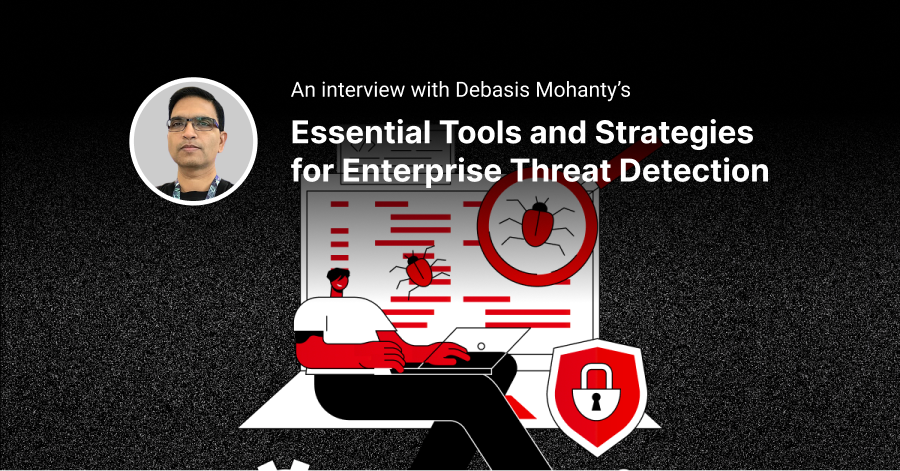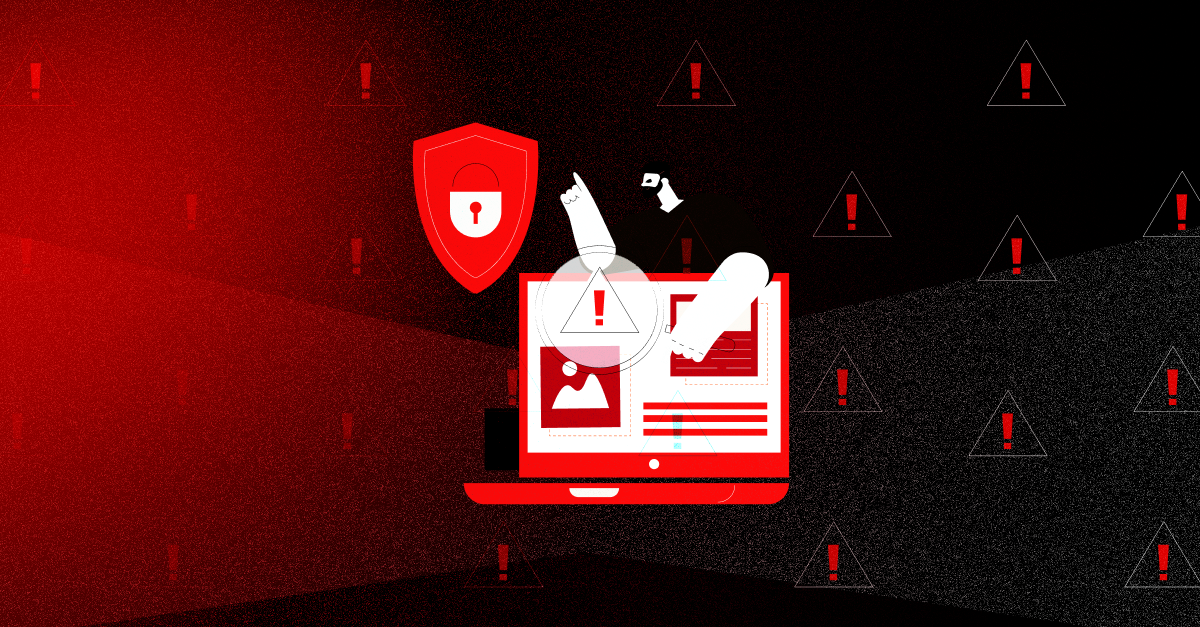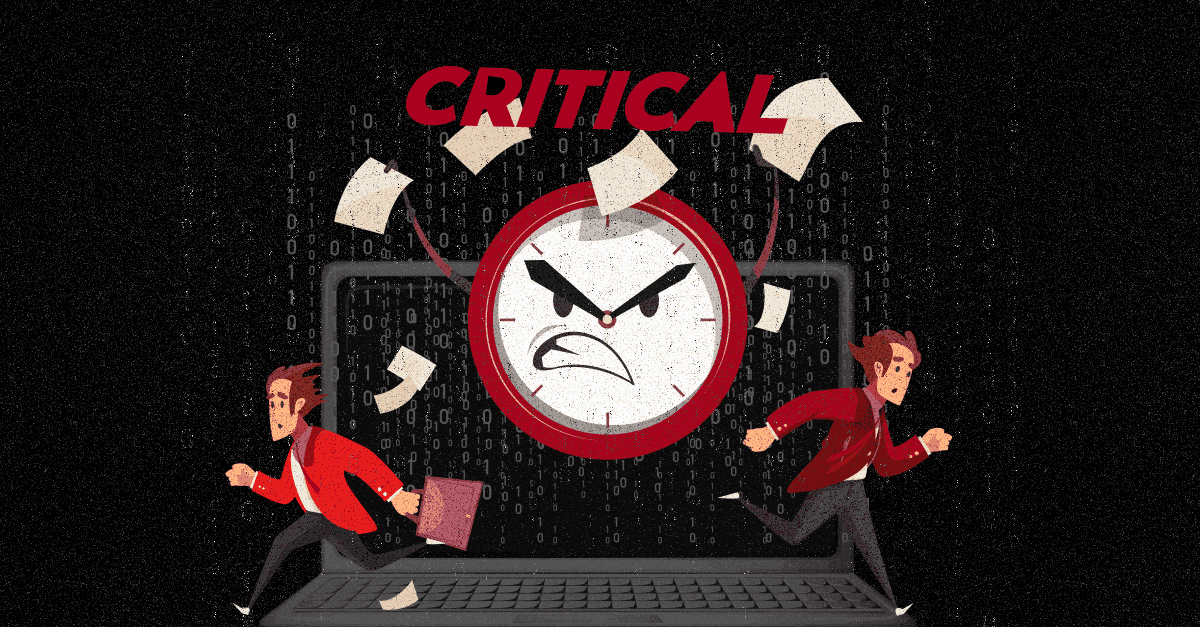Cyber threats continue to escalate, both in frequency and sophistication. According to a recent report, ransomware groups claimed responsibility for over 5,400 successful attacks globally in 2024, resulting in approximately 195 million compromised records (Comparitech). Additionally:
- Phishing emails have surged by 1,265%, and credential phishing increased by 967% since late 2022 (Investopedia).
- The average ransom demand in 2024 exceeded $3.5 million, with some ransomware groups demanding up to $4.3 million for decryptors (Cybernews).
- Global losses from cyberattacks doubled to €10 billion in 2024, highlighting the rising severity of these incidents (El País).
These challenges highlight the urgent need for organizations to adopt proactive strategies to outpace threat actors. But how can businesses gain the upper hand? By understanding the attackers, prioritizing threats, and preemptively mitigating risks before they escalate.
Here’s where actionable cyber security
threat intelligence
becomes indispensable. Actionable threat intelligence is distilled, contextual and real-time data about threats and threat actors that empowers security teams to identify, prioritise and mitigate security risks.asset.
From Raw Threat Data to Actionable Threat Intelligence
Actionable threat intelligence has two primary qualities that differentiate it from raw threat data: it is actionable and contextual. Modern organisations have to contend with numerous threat vectors and threat actors. In order to effectively identify and address them, continuous monitoring of the attack surface is essential.
This monitoring yields data about possible Indicators of Compromise (IoC), potential attackers, and their tactics, techniques and procedures (TTPs). But data alone will not enable them to mitigate threats. This data must be contextual and automated. Equally important, it must allow security teams to cut through the noise, and take informed (and fast) security decisions that can mitigate – and even prevent – cyber attacks.
To meet these goals, actionable intelligence is vital. First, it must be collected – ideally automatically – from a variety of sources, both internal and external. Information. Through real-time contextual analysis, Artificial Intelligence and Machine Learning, this data is converted into relevant information.
At this point, human analysis and curation comes in. Security teams process and analyse the information, and place it in the context of their organisation’s cybersecurity posture (and various cyber threat intelligence scenarios) to understand if there is a threat, what its potential impact might be, and how best to mitigate this impact.
Key Benefits of Actionable Threat Intelligence
Balance Between Real-time Automation and Human Capabilities
The availability of raw, unstructured threat data does not guarantee that the organisation will be able to mitigate threats, much less prevent attacks. Security teams need to convert raw data into relevant information through intelligent automation and contextualisation.
AI and ML-based automation can enrich data, and quickly detect suspicious or potentially malicious events. Without this technological capability, security teams will struggle to make sense of the data, or waste time monitoring feeds and sifting through the noise.
Threat intelligence software
can eliminate these challenges. It also enables security personnel to apply their analytical capabilities to review the information, and gauge which threats must be prioritised for action. This combination of automation and human analyses allows the organisation to strengthen its cybersecurity programme, and scale its security operations at low cost.
Increases Visibility into Attacks
Actionable threat intelligence integrates threat data from disparate sources to create a fuller, more holistic picture of the threat landscape. By leveraging actionable threat intelligence, security teams have all the contextual and timely data they need to understand security risks in real time, and take the relevant actions to neutralise them.
Security Personnel can Focus on More Value-added Activities
One huge benefit of actionable threat intelligence is that it brings a high level of automation and technology-led intelligence into the cybersecurity ecosystem. As a result, security personnel no longer have to waste time on gathering, processing and contextualising threat data. Instead, they can focus on more valuable tasks to minimise cyber risks, and protect the organisation from the most critical threats.
Simplifies Remediation
With actionable threat intelligence software, security teams have more than threat information and context. They also get simple workflows and efficient processes to immediately mitigate identified threats, prevent large-scale attacks, and notify relevant teams about urgent IOCs that must be addressed right away.
Seamlessly Integrates With the Existing Tech Stack
Tactical actionable threat intelligence enables SOC analysts, system architects, etc. to strengthen security controls, and speed up incident response. This is especially easy, since this intelligence easily integrates with the organisation’s existing SIEM and SOAR solutions.
The integration allows security teams to leverage threat intelligence for risk analysis, alert triage, security operations,
vulnerability management, fraud prevention, and more.
Actionable Threat Intelligence for Stronger Cybersecurity
Actionable threat intelligence strengthens an organisation’s security effectiveness in multiple ways:
- In tactical defence: Organisations can better respond to real-world threats, and minimise the impact of malicious actions before they have a truly adverse impact;
- In security strategy: Leadership can understand the overall cyber threat landscape, make the right security investments, and take decisions to ensure the best possible ROI;
- In security operations: Security personnel can deal with a wider range of threats, create adversary profiles, improve the efficiency and effectiveness of incident response, and implement more targeted actions to protect the enterprise.
Uses of Actionable Threat Intelligence
Early Detection of Advanced Persistent Threats (APTs)
Actionable threat intelligence enables organizations to proactively detect advanced persistent threats (APTs) that are designed to remain undetected for extended periods. Leveraging real-time monitoring and analysis of threat indicators, enables security teams to identify subtle signs of APT activity, such as anomalous network behavior or unauthorized access attempts. As a result of this early discovery, organisations can respond quickly and reduce the potential damage caused by sophisticated and stealthy attacks.
Proactive Vulnerability Management
Organizations can also use actionable threat intelligence to discover and prioritize vulnerabilities in their systems and software. Integrating threat intelligence feeds with vulnerability management tools, provides insights into the specific vulnerabilities that threat actors are actively exploiting. This enables organizations to prioritize patching and remediation efforts, reducing the window of opportunity for attackers to exploit known weaknesses in their infrastructure.
Incident Response and Forensic Investigations
When a security incident occurs, actionable threat intelligence plays a crucial role in effective incident response and forensic investigations. It provides real-time information about the tactics, techniques, and indicators associated with an attack and supports incident response teams to make informed decisions and take immediate action to contain and eradicate threats. It also aids in post-incident analysis, allowing organizations to understand the scope of the attack, identify compromised systems, and implement measures to prevent future incidents.
Malware Analysis and Detection
Actionable threat intelligence assists in the identification and analysis of malware. Organisations can establish efficient detection techniques and deploy proactive defences by monitoring and analysing threat indicators connected to known malware families or specific attack campaigns. This information helps security teams in identifying malware signatures, behavioural patterns, or command-and-control architecture, allowing them to detect and neutralise possible threats before they breach their networks.
Threat Hunting and Adversary Profiling
Actionable threat intelligence enables proactive threat hunting and adversary profiling. Adversary profiling involves collecting and analyzing intelligence on threat actors, their motivations, tactics, and infrastructure. Security teams can leverage real-time intelligence to search for indicators of compromise, anomalous behaviour, or emerging threats within their network environments.
AI-Driven Threat Prioritization: Reducing Noise for Security Teams
Security teams are often overwhelmed by the sheer volume of alerts, leading to fatigue and missed critical threats. AI-driven threat prioritization addresses this issue by automating the analysis of threat data and ranking incidents based on severity and relevance.
Machine learning algorithms play a vital role in identifying patterns across massive datasets, which helps reduce false positives and streamline workflows. This enables teams to focus their attention on genuine threats rather than wasting time on irrelevant or low-risk alerts.
For example, AI models analyze behavioral anomalies, detect subtle deviations, and correlate events across systems to highlight activities most likely to pose a risk. This capability transforms the decision-making process for security teams, allowing them to respond more effectively to real and imminent threats.
Modern AI technologies also adapt to evolving threats, learning from historical data to improve accuracy over time. As a result, security teams experience a significant reduction in alert noise, enabling quicker, more precise actions to defend critical systems.
Conclusion
In a world where cyber attacks are more a question of when not if, organisations need all the help they can get to stay ahead of malicious actors. For this, they need more than just raw threat data.
They also need to understand the intent of threat actors, and proactively identify the IoCs that may signal a potential intrusion. Here’s where timely, contextual and real-time actionable threat intelligence comes in.
With a robust actionable threat intelligence strategy, organisations can quickly identify threat actors, and take action to keep them out of their IT ecosystem. By using it optimally, they can wage a war against these adversaries. More importantly – they can win.






